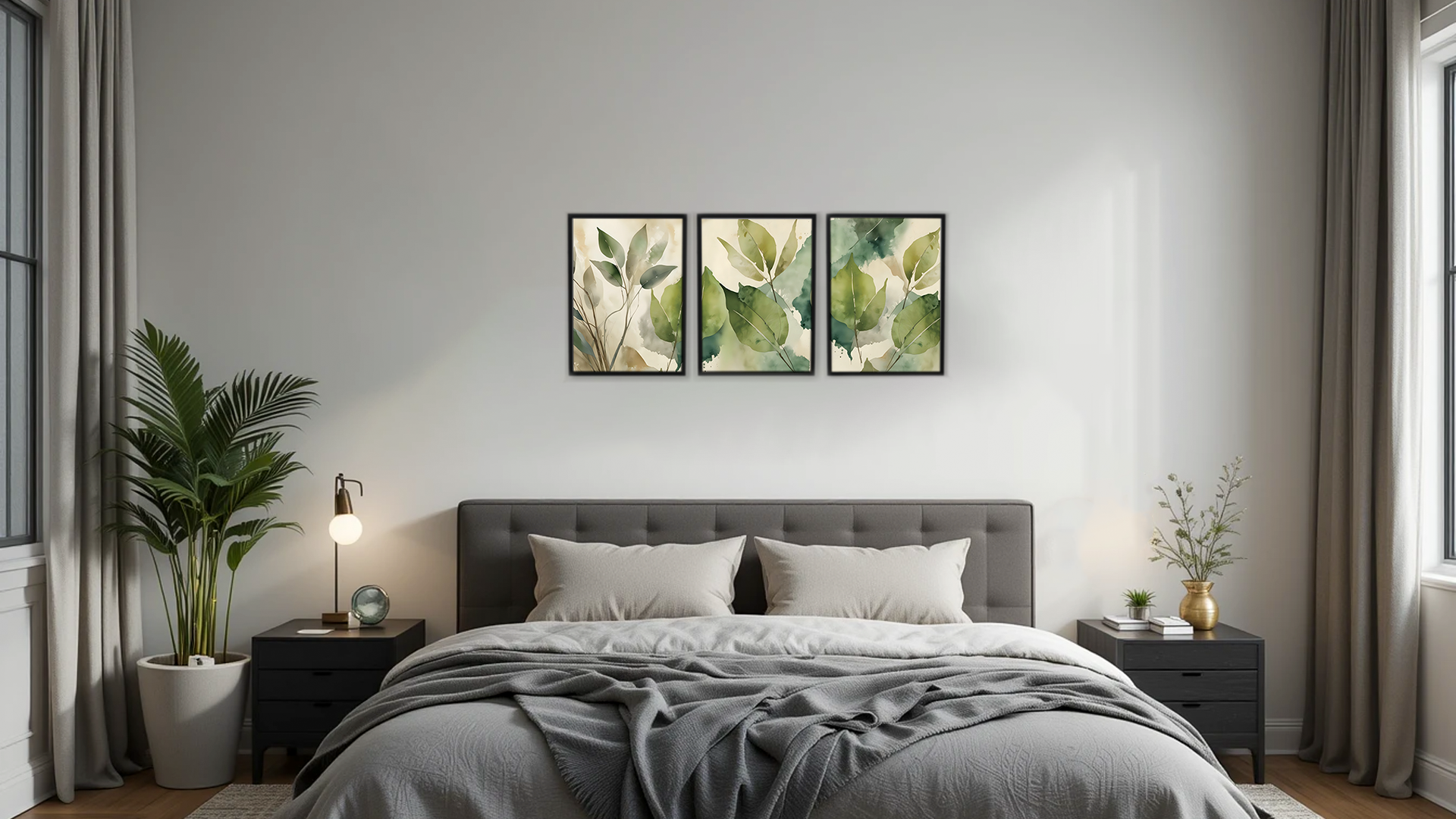
In a world facing escalating climate challenges, the responsibility of designing spaces that prioritize sustainability has never been more critical. Energy-efficient interior design is more than just a buzzword—it’s a proactive approach that empowers homeowners and businesses to lower utility bills while reducing environmental impact. From smarter lighting and insulation to low-flow fixtures and passive design principles, today’s interiors can be both beautiful and resource-conscious. Let’s explore how intentional design choices can help conserve water and energy without compromising on comfort or style.
The layout of a space plays a vital role in maximizing natural resources. Strategic planning can reduce the need for artificial heating, cooling, and lighting.
Key considerations include:
Orientation: South-facing windows (in the northern hemisphere) invite more daylight and warmth during winters.
Cross-ventilation: Ensures better airflow, reducing reliance on HVAC systems.
Open floor plans: Allow for more effective distribution of natural light and airflow.
Pro Tip: Use zoning techniques to allocate activities (like lounging, working, cooking) to areas with optimal natural light and ventilation throughout the day.
Artificial lighting can be a major energy drain—unless designed efficiently. Embracing smart lighting solutions can drastically cut energy consumption.
Ways to make lighting more efficient:
Use LED lighting, which consumes up to 75% less energy than incandescent bulbs.
Install motion sensors in less-frequented spaces like hallways and storerooms.
Incorporate dimmers and timers to optimize usage.
Choose task lighting over ambient lighting where practical.
“The Shape Interiors is the best for Interior Design Consultancy & 3D Modelling services for both Residential & Commercial Spaces.” With thoughtful 3D renderings, clients can preview energy-saving solutions integrated seamlessly into their spaces.
Water-saving designs don’t only belong in utility rooms—they can be integrated stylishly into bathrooms, kitchens, and beyond.
Consider installing:
Low-flow faucets and showerheads: Reduce water usage without compromising pressure.
Dual-flush toilets: Offer different flush volumes depending on need.
Touchless taps: Minimize unnecessary flow.
Greywater recycling systems: Reuse lightly used water for flushing or gardening.
Incorporating such solutions requires a delicate balance of form and function—something The Shape Interiors consistently delivers through expert design.
Choosing the right materials can significantly improve both water and energy conservation.
Materials that support conservation include:
Recycled glass or porcelain tiles: Durable and require minimal water to clean.
Insulated wall panels: Help maintain indoor temperature, reducing energy needs.
Low-VOC paints and sealants: Improve air quality while minimizing environmental impact.
Bamboo flooring or reclaimed wood: Sustainable and long-lasting options.
These materials also contribute to green building certifications like LEED, often required in modern commercial developments.
Technology plays a pivotal role in managing resource use, and smart home systems are leading the charge.
Top features of energy-efficient smart homes:
Automated thermostats that adjust temperature based on occupancy.
Smart irrigation systems that adapt to weather conditions.
App-controlled lighting and HVAC to eliminate waste.
Energy monitors to track and manage consumption.
These systems make conservation intuitive and effortless—especially when integrated during the design phase. The Shape Interiors incorporates such innovations into its 360-degree 3D renders, helping clients visualize and understand their benefits before implementation.
Passive design harnesses natural resources to reduce dependency on mechanical systems.
Some effective passive strategies include:
Thermal mass materials (like stone or concrete) that absorb and slowly release heat.
Overhangs or shading devices to block harsh sunlight in summer while allowing winter warmth.
Green roofs or rooftop gardens that offer natural insulation.
Thermal curtains that trap indoor warmth or block external heat.
These design choices, when executed with skill, significantly lower utility costs while elevating aesthetic appeal.
Plants are not only decorative—they help regulate indoor humidity and temperature.
Benefits of indoor greenery include:
Naturally cooling the space through transpiration.
Absorbing airborne toxins and purifying indoor air.
Reducing the need for artificial humidifiers or dehumidifiers.
Vertical gardens, potted ferns, and hanging planters are not just stylish—they’re functional tools in a sustainable interior design toolkit.
Founded in 2017 by Kazim Ratnani, The Shape Interiors has swiftly emerged as a trusted name in the world of interior design consultancy and 3D modelling. Our expertise lies in creating bespoke designs that not only meet but exceed our clients’ expectations. We pride ourselves on delivering 360 renders that offer a comprehensive visualization of the final design, ensuring that every detail aligns perfectly with our client’s vision.
Customer satisfaction is the cornerstone of our mission. We believe that a well-designed space should reflect the client’s needs, wants, and functionality. Our designs are not just about aesthetics; they are about creating environments that resonate with our clients’ lifestyles and aspirations. Our most significant achievement is our 100% client satisfaction feedback, reflecting the trust our clients place in us. We approach every project with the same level of dedication, ensuring that each design is unique, creative, and distinguished.
Choosing The Shape Interiors means choosing a partner dedicated to bringing your vision to life. Our unique blend of creativity and technical expertise allows us to deliver designs that are both beautiful and perfectly aligned with your practical needs.
Designing interiors that support energy-efficient interior design and water conservation isn’t just an eco-friendly gesture—it’s a lifestyle decision that supports long-term sustainability, cost savings, and well-being. From layout planning and sustainable materials to smart tech and passive cooling, every design element counts.
Whether you’re planning a home renovation or a new commercial space, prioritize sustainable choices that minimize your environmental footprint and maximize comfort.
Let The Shape Interiors bring your eco-conscious vision to life. With expert design consultancy and immersive 3D modelling, we’ll help you achieve interiors that look great and conserve precious resources.
Ready to take the next step?
Click the WhatsApp icon at the bottom right of our website to connect directly with our team. Let’s build a more sustainable world—one interior at a time.

+92 335 6511005

Suite # 4 & 5, 1st Floor, Hafiz Building, Jinnah Avenue, Karachi.

info@theshapeinterior.com
WhatsApp Now